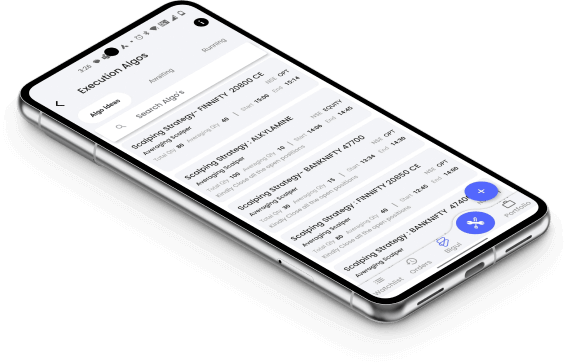Conclusion
An important corporate strategy is a stock split that can make the firm's share more available and attractive to a wider range of investors since the per-share price will be lower, though the overall market capitalization will not change. This may improve liquidity, reduce trading costs, and also positively affect market perception, with increased interest and demand from investors. Although stock splits do not change the intrinsic value of the company, such situations do set up a fairly ideal environment for broader investment participation that may help spur the stock price in a positive direction. A stock split can then be a useful mechanism for companies desiring to retain a desirable trading range and contribute to further growth and marketability.

















